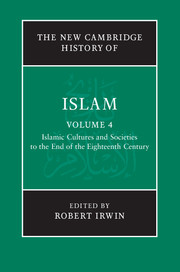Introduction
Published online by Cambridge University Press: 28 March 2011
Summary
The miniature Humāy and Humāyūn in a garden was painted in the bright colours of the world when it was younger. It was produced in Herat around 833/1430 by an anonymous artist, and it is most likely that it was originally bound in an anthology of verse and pictures. The depiction of a night scene was rare in Islamic art. It is curious to note that artists in western Europe were similarly experimenting with night scenes some decades later. In the frescoes in San Francesco of Arezzo, painted in the 1450s, Piero della Francesca showed Constantine asleep in his tent at night and, later in the same century, a French illuminated manuscript of Le livre du cueur d’amours espris featured three even more remarkable nocturnes. However, whereas the Western artists concerned themselves with the realistic registration of the fall of candlelight and shadow, as well as the muting of colours and the disappearance of detail in nocturnal obscurity, the Persian miniaturist presents us with a night scene in which we (and apparently the figures in the miniature) have perfect night vision. Instead of trying to reproduce the real world, the artist was using conventionalised images of people, plants, trees, lamps and architecture in order to fill the picture plane in a decorative and, indeed, ravishing way.
- Type
- Chapter
- Information
- The New Cambridge History of Islam , pp. 1 - 16Publisher: Cambridge University PressPrint publication year: 2010
References
- 2
- Cited by

